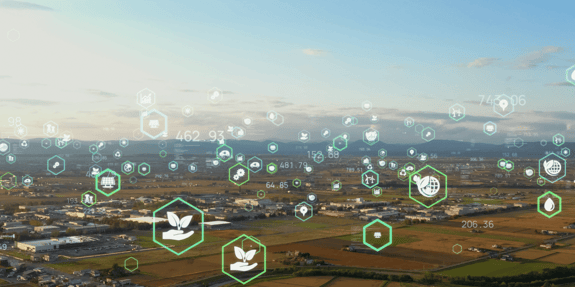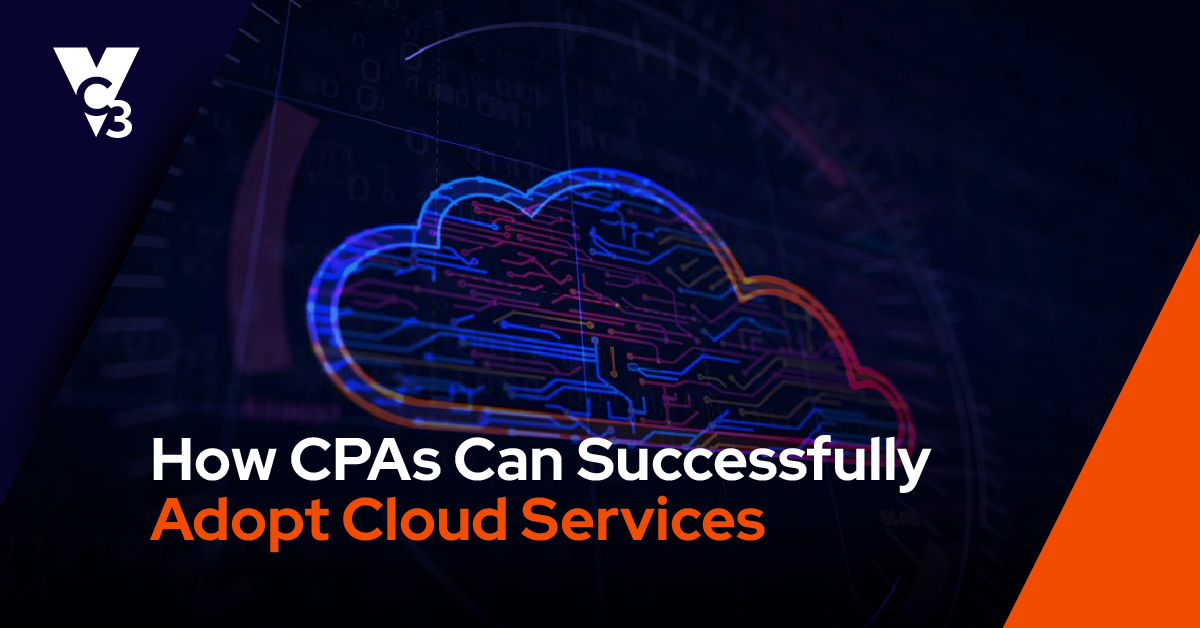At first glance it might be hard to envision how agriculture and cloud computing could overlap. Sure, there are plenty of applications for innovation and technology in the world of agriculture, but cloud computing just seems a little too abstracted from the messy world of crops, livestock, and farming.
However, the truth is that AgTech advances in technology are leading the way in innovation and many other sectors are paying attention.
Cloud Computing and its Uses
Cloud computing at its simplest is a way for users to share access to data and resources over the internet. It removes the need for shared physical space and enables economies of scale and more efficient workflows and processes.
Cloud computing also gives organizations the chance to outsource their computing infrastructure and information technology, and concentrate on carrying out their core tasks rather than expending time, energy, and traditional resources.
Cloud Computing in Agriculture
So, as cloud computing can help with real-time computation, providing simpler and speedier access to data, and allowing streamlined working processes without worrying about physical location, we can begin to see how it slots into the world of AgTech. The benefits of outsourcing IT infrastructure is arguably even more important for businesses in the agriculture industry to keep agility, efficiency and production at top functionality.
Uses for Cloud Computing in Agriculture
Crop and Soil Data
Cloud computing provides unprecedented opportunities for data capture, processing, and analytics, which are vital when it comes to crops and soil. Gathering information on all crops grown in the past, as well as past weather data and future forecasts allows farmers to make accurate, successful decisions about their crops.
Soil information is also a vital part of agriculture, with current soil profile, past trends, and future predictions all playing a part, and all something cloud computing can handle. Being able to assess, analyze, and predict changes in nature, composition, and acidity of soil can have a huge impact on the success of crops.
Growth Monitoring
Crop growth can be monitored, recorded, and instantly compared across regions and with past growth. This allows patterns to be extrapolated and better decisions to be made.
Regional Data-Sharing
Monitoring, capturing, and sharing data across a region can also be enormously beneficial, as trends can be picked up and core agricultural areas identified. This can help not only individual farmers but also high-level decision-makers and policymakers, in designing region-wide strategies.
E-Commerce
Dealing with middlemen can be one of the most frustrating elements of running an agriculture business, but it is often hard for rural businesses to sell directly to the market. However, with an agricultural management information system based in the cloud, e-commerce allows farmers to sell directly to customers and retailers.
Research
As with strategy and policy, collecting and sharing agricultural data can help scientific research and improve areas like cultivation and fertilization techniques. This sort of information sharing is far more practical and effective with cloud computing.





